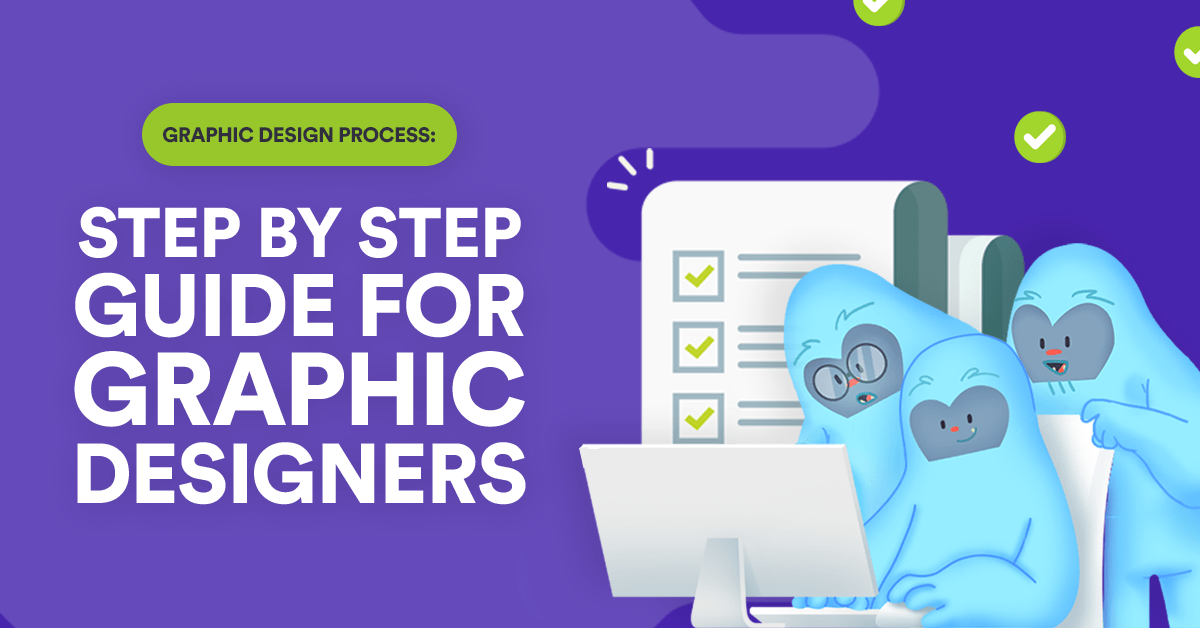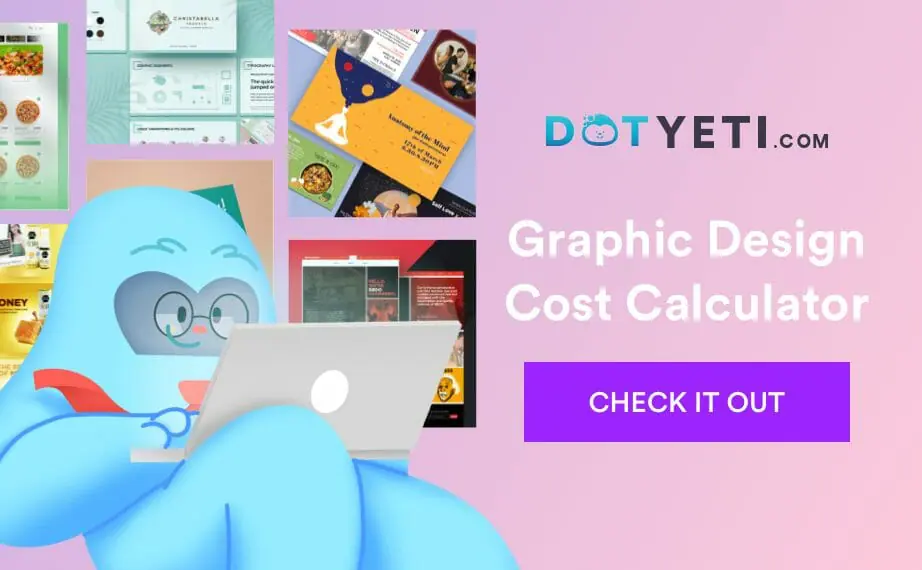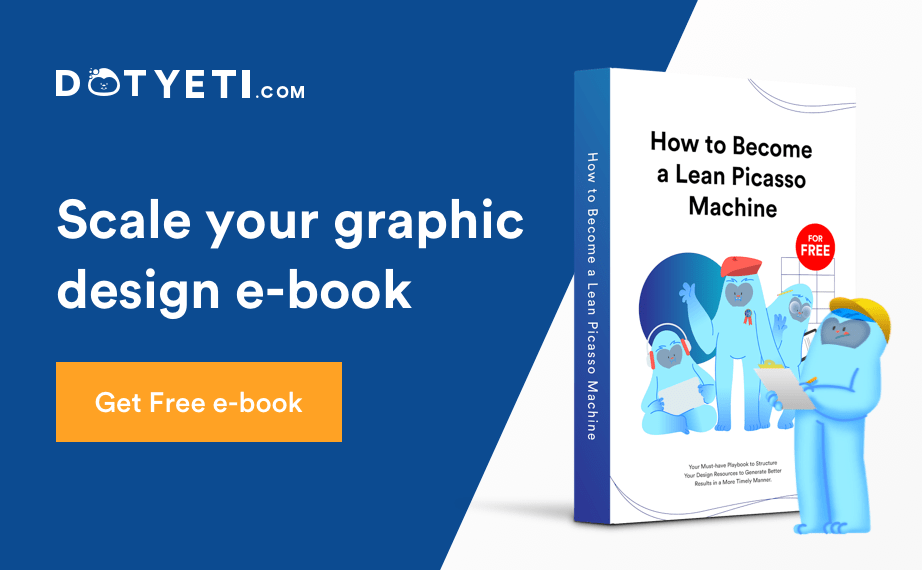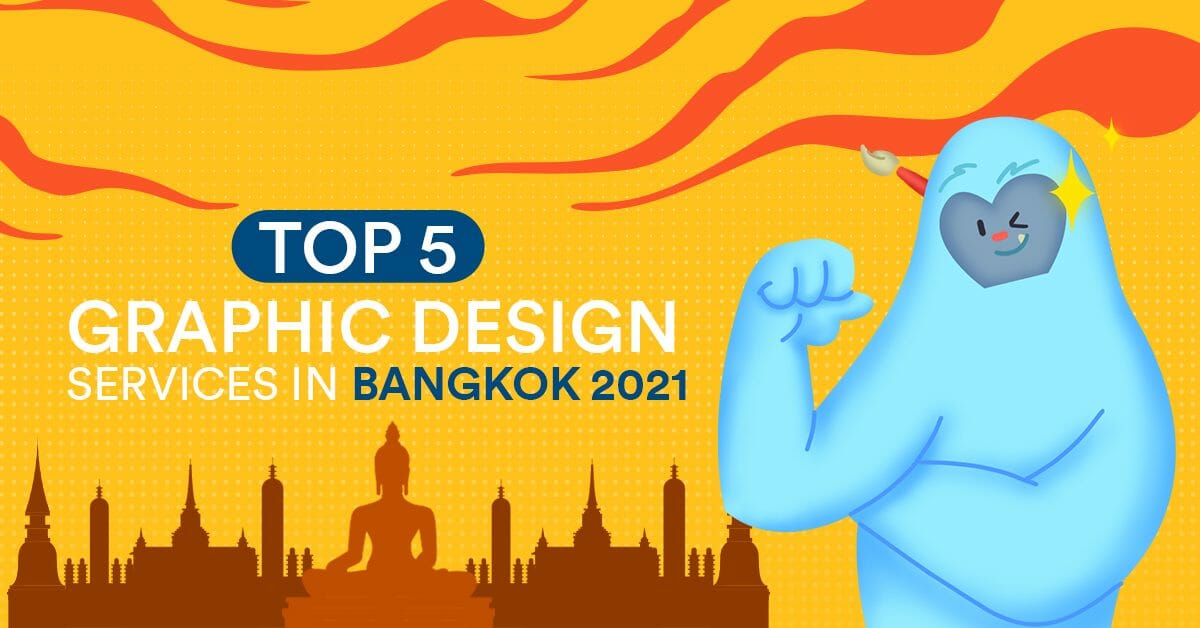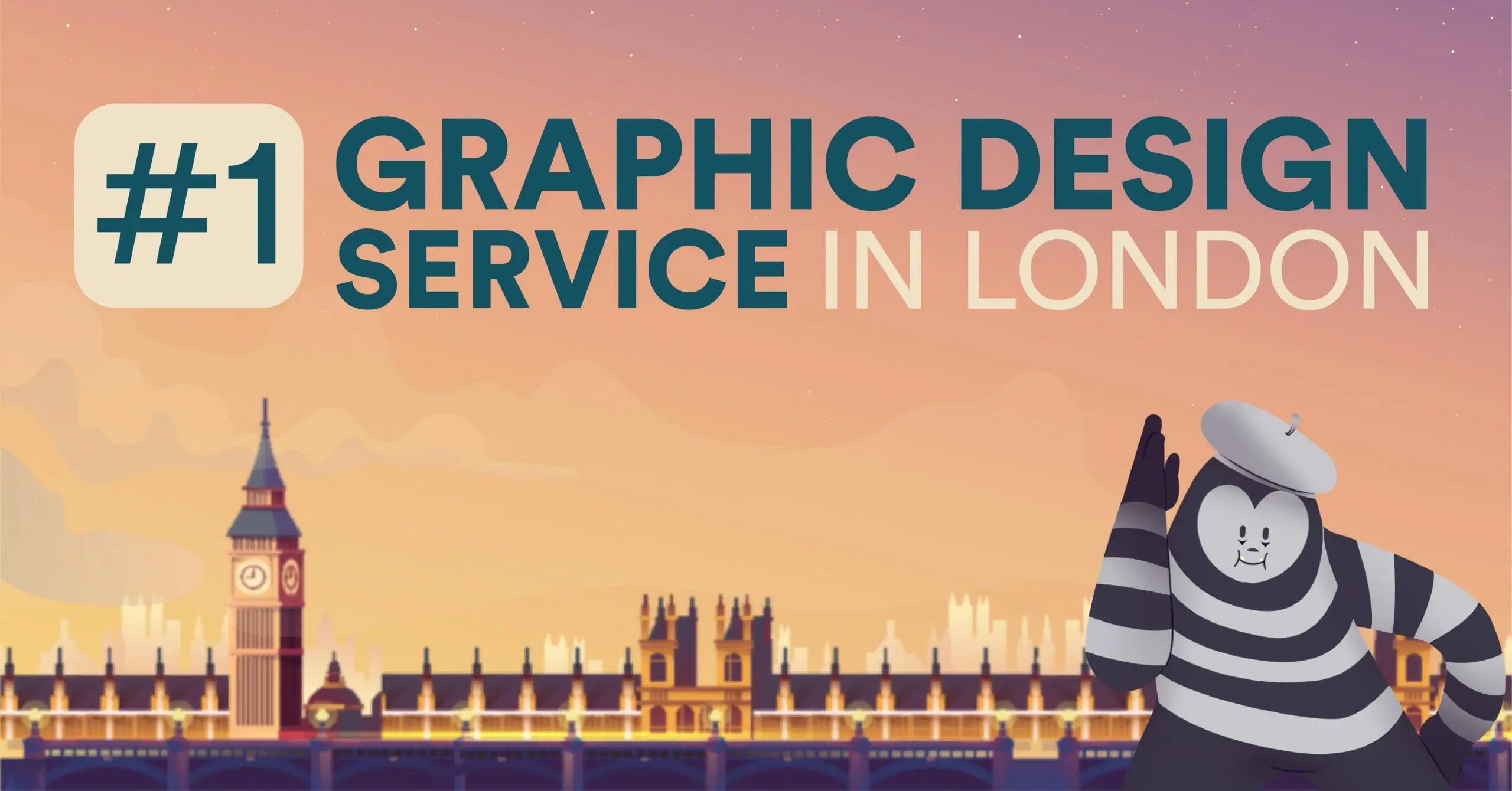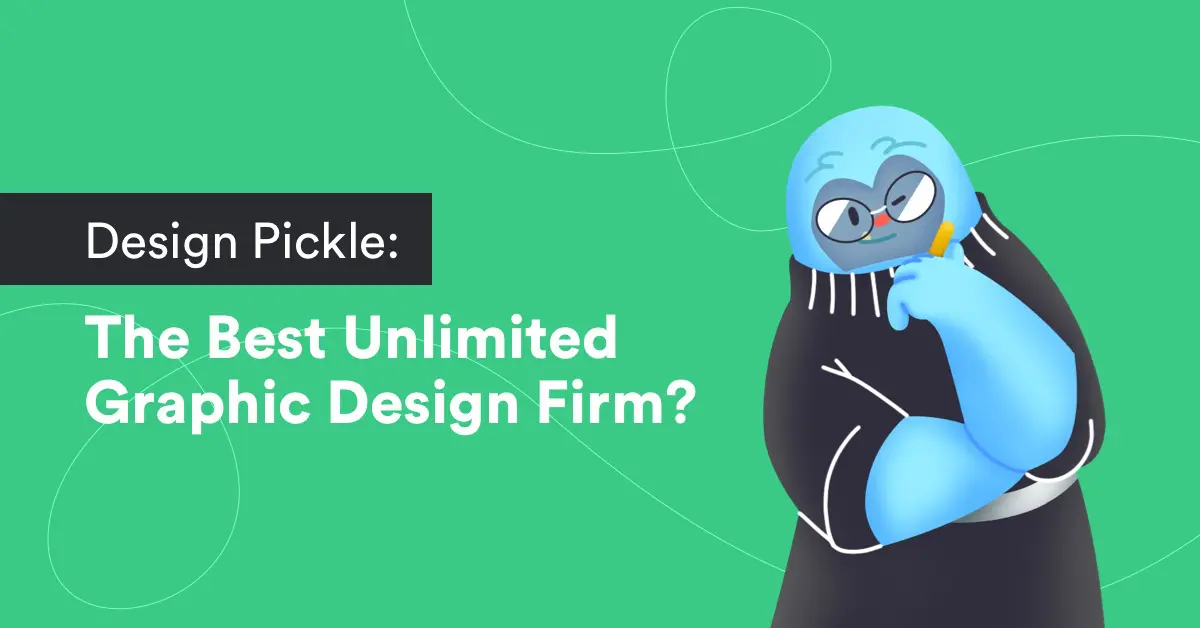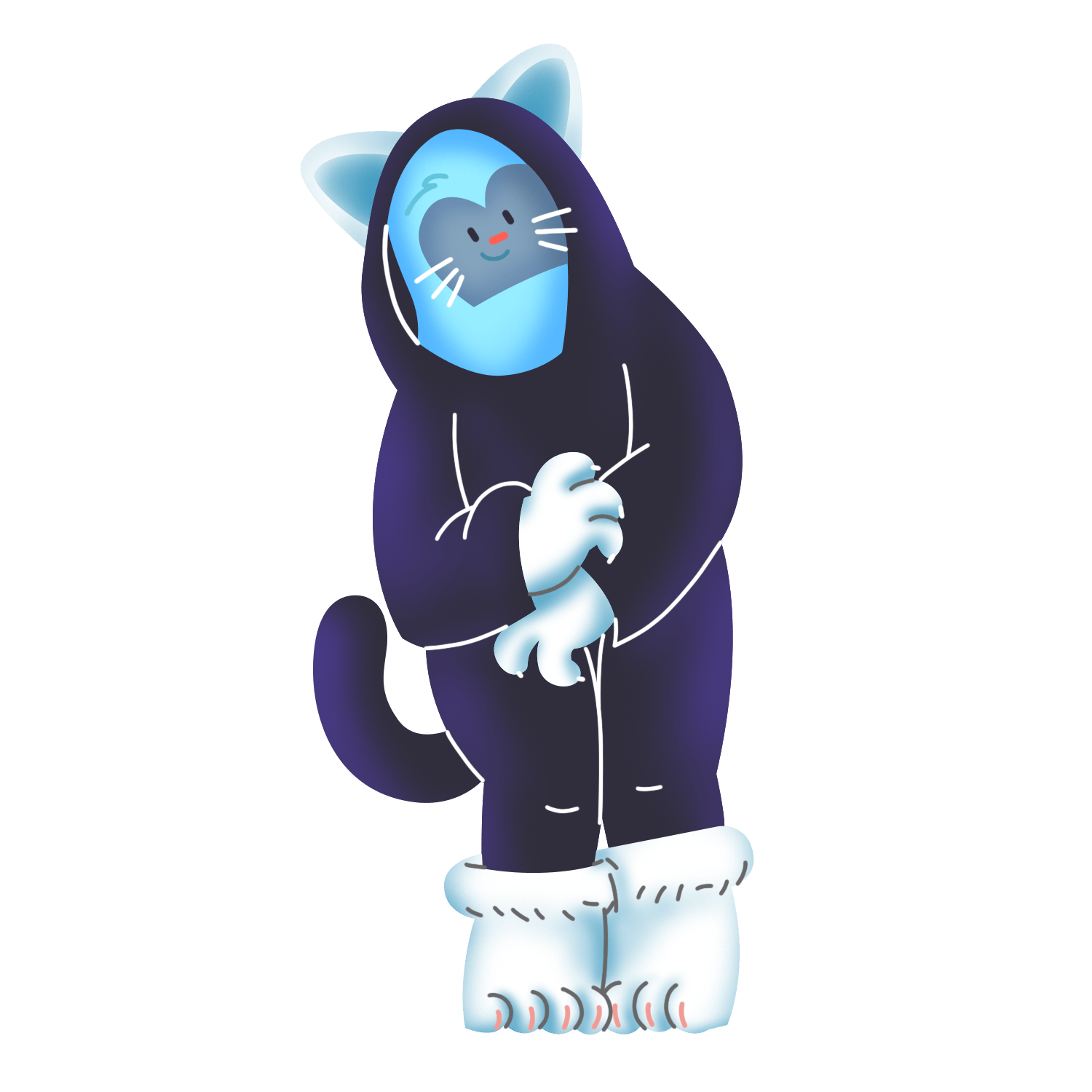Never underestimate the power of an established graphic design process. The graphic design process will not only lead to better designs, but it will also increase your creative team’s output and completely eliminate the potential frustration of your clients.
>> Let’s Start Talking About Affordable & Scalable Design for You <<
In this article, we’ll discuss what a graphic design process is and the 5 essential steps in the graphic design process that every creative need to know when creating an out-of-this-world design.
What is a Graphic Design Process?
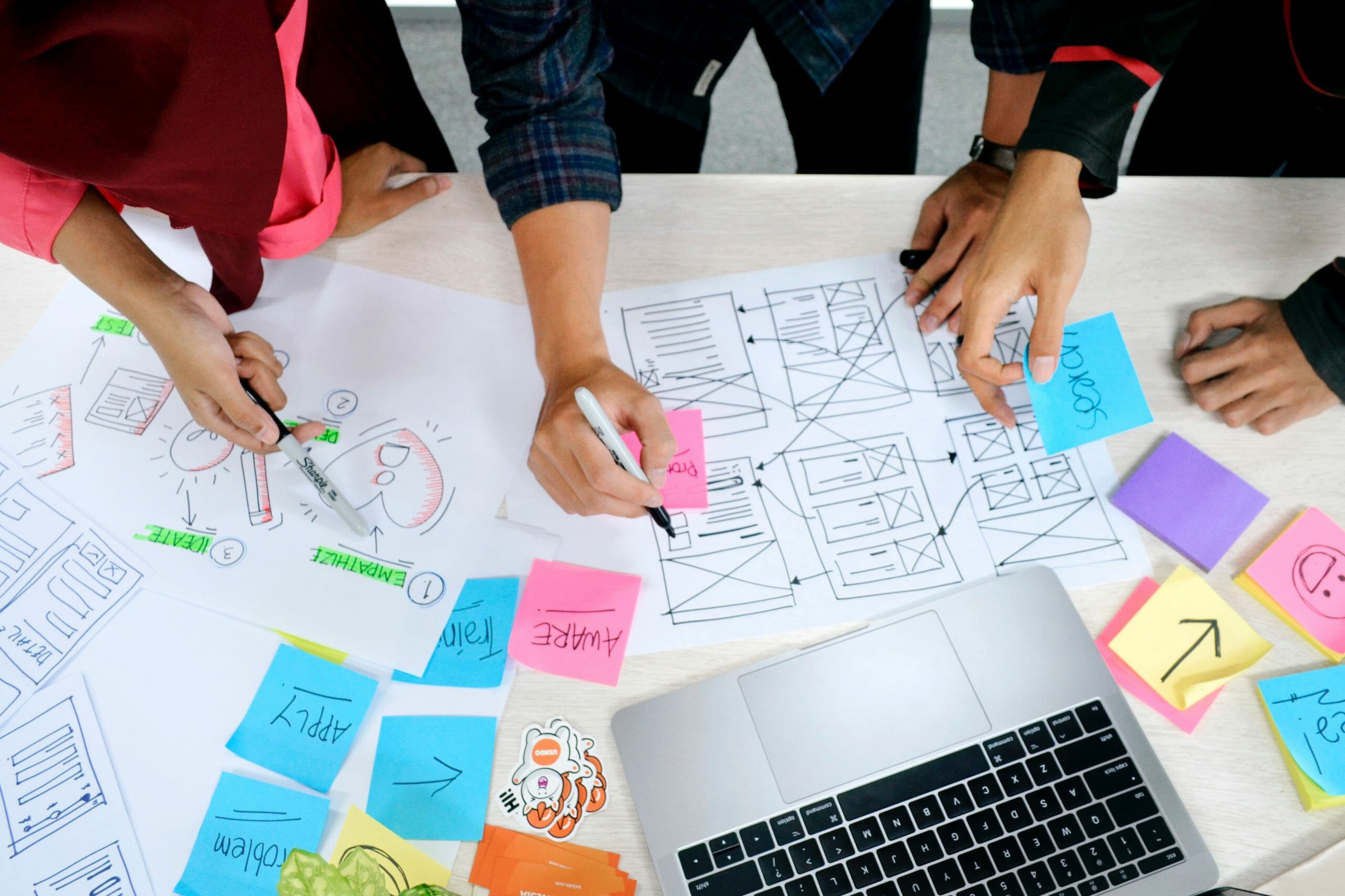
In a nutshell, the graphic design process describes all the steps in a design project that graphic designers need to go through in order to get a design to move from idea to finished product.
Every graphic design process—whether it’s 5 steps or 10 steps—should always include the following: the creative brief of the project, the creation phase, the client’s feedback, and the final delivery.
5 Steps of the Graphic Design Process
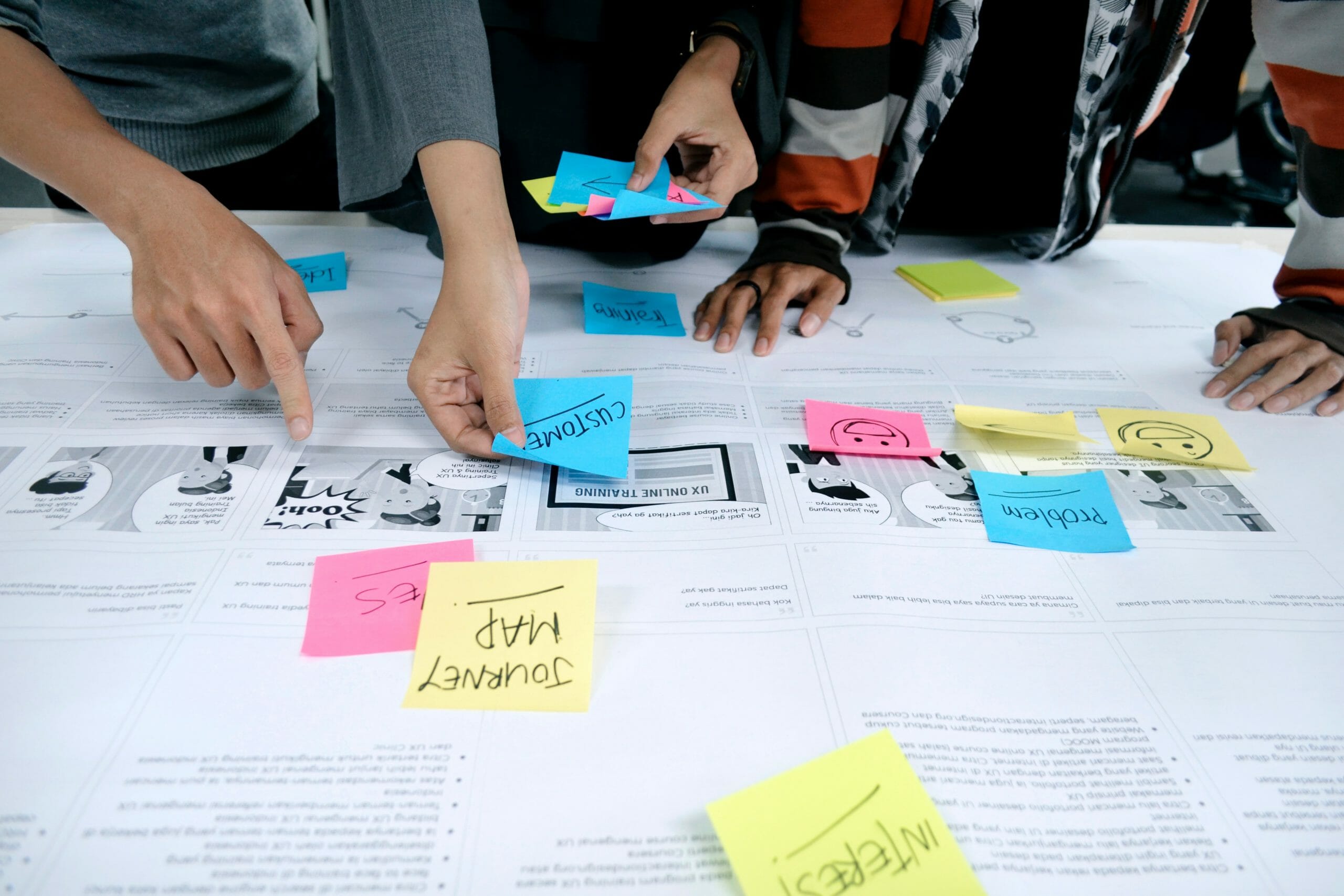
1. Understanding the creative brief
The first stage of the design process is understanding the creative brief. Remember, the creative brief is the foundation of the graphic design process.
A creative brief is a short but detailed summary used to explain the strategy of a specific creative project—it contains all the project details such as the purpose of the design, requirements, content to be added, and the complete demographics of the audience.
This document will help guide the graphic designers to have a clearer idea of who the client is, what their project expectations are, and what the design will be used for.
In order for your creative brief to be effective, it should have the following information:
- Business assets: This should include your clients business logo, the complete details of their branding, and the links to their website and social media channels.
- Project brief: What are they looking for in terms of deliverables?
- Target market: Who are their primary and secondary targets? What are their age and where do they live? What do they do in their daily life?
- Project objective: What is the main goal of this project? What is the design for?
- Content or text: What is their brand’s tone of voice? What message do they want to include in the design?
- Competitor list: A summary of who their competitors are.
- Due date: To plan your tasks for the day properly, checking the reasonable due date is always required.
2. Do a thorough design research
Now that you have all the information you need to know about your client, it’s time to do your research.
The best source for design inspiration is always your client’s competitors. Of course, this is different from plagiarizing a design. When you scroll through the competitor’s website, all you need to do is analyze what elements in their design worked such as the font they used, the color palette they chose, and even the layout and overall tone of their website. Use that information to create your design.
3. Create your first design
After researching, it’s time to create your first draft. This part is important and it should always be done as a team. Generating your own idea is great, but having several minds to contribute to the design is much better.
When you’re brainstorming with your team, answer the following questions:
- What is the message of the design?
- What emotions should the design evoke and provoke?
Once you’ve answered these questions, you can start drafting your design in Adobe Illustrator or whichever tool you prefer.
If you’re a beginner, we recommend using Wepik to design your first design because its library of icons, fonts and graphics can be used for free.
4. Send your design to your client for feedback
Before finalizing your design, it’s always important to ask your clients for their initial feedback. It’s also advisable to create two design drafts so that your client can choose what they like best.
In this stage, you can coordinate more with your client if you’re on the correct design path or if you need to change your strategy a bit. To be honest, the clients would always have plenty of design changes and unstructured feedback so don’t get discouraged.
Refine and structure your design to improve it further and then ask your Art Director or co-workers to provide you with their honest feedback before sending it back to your client.
5. Approval of the final output
Once the design is approved, you can now move forward with your tasks!
Unlimited Graphic Design with DotYeti
There is no doubt that having an effective graphic design process will help you create industry-quality designs.
That’s why here at DotYeti, we have a graphic design process that is proven to generate amazing designs that has helped our clients increase their sales and establish their identity online.
If you want graphic designs like no other, visit our pricing page to start your creative journey with us!
Is it possible to get a team of dedicated graphic designers at a cost less than hiring someone full time?
YES! We discovered how...
